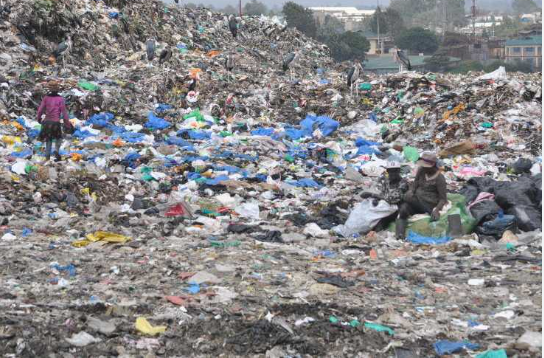Positioned strategically along major roadways, the cameras utilize AI algorithms to match discarded litter footage with vehicle license plates and subsequently issue fines.
Upon capturing an offense, the camera records the vehicle’s registration number. The Council then verifies the footage before forwarding it to the Driver and Vehicle Licensing Authority (DVLA) to identify the details of the registered keeper.
Armed with this information, the council can issue a penalty notice to the registered keeper via mail. The high-spec cameras employed in this technology are capable of detecting objects as small as a cigarette, and individuals charged with littering can face fines of up to £150, equivalent to KES 29,000.
According to UK law, a registered keeper is defined as the person actually using or keeping the vehicle, which may not necessarily be the owner or payer. This could be the owner or hirer, depending on the circumstances.
Littercam emerges as a promising solution for addressing littering offenses. If adopted globally and in Kenya, it has the potential to significantly improve public service and environmental cleanliness, especially in urban areas. In the Kenyan context, deploying Littercam strategically in key urban areas and major roadways can effectively combat the pervasive issue of littering from vehicles.
Similar to the UK model, the Kenyan system can leverage existing infrastructure, such as the National Transport and Safety Authority (NTSA) and vehicle registration databases, to identify registered keepers. This facilitates the issuance of penalty notices, holding individuals accountable for the offense.
By embracing Littercam, Kenyan county authorities can proactively tackle littering, cultivate a culture of environmental responsibility, and contribute to the overall cleanliness and aesthetics of public spaces.
This innovative technology aligns with Kenya’s commitment to sustainable development, promoting a cleaner, healthier environment, and enhancing public service by discouraging littering behaviors.
















